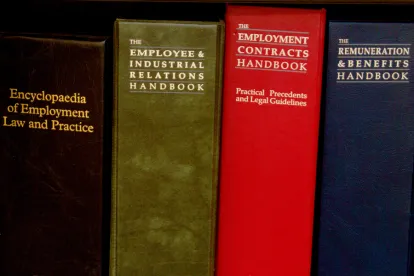Recently, a number of proposed class and collective action lawsuits have been filed on behalf of so-called “gig economy” workers, alleging that such workers have been misclassified as independent contractors. How these workers are classified is critical not only for workers seeking wage, injury and discrimination protections only available to employees, but also to employers desiring to avoid legal risks and costs conferred by employee status. While a number of cases have been tried regarding other types of independent contractor arrangements (e.g., taxi drivers, insurance agents, etc.), few, if any, of these types of cases have made it through a trial on the merits – until now.
In Lawson v. GrubHub, Inc., the plaintiff, Raef Lawson, a GrubHub restaurant delivery driver, alleged that GrubHub misclassified him as an independent contractor in violation of California’s minimum wage, overtime, and expense reimbursement laws. In September and October 2017, Lawson tried his claims before a federal magistrate judge in San Francisco. After considering the evidence and the relevant law, on February 8, 2018, the magistrate judge found that, while some factors weighed in favor of concluding that Lawson was an employee of GrubHub, the balance of factors weighed against an employment relationship, concluding that he was an independent contractor.
The court’s decision was guided by the California Supreme Court’s multi-factor test set forth in S.G. Borello & Sons, Inc. v. Department of Industrial Relations, 48 Cal.3d 341 (1989), which focuses on “whether the person to whom service is rendered has the right to control the manner and means of accomplishing the result desired.” There are also a number of secondary factors.
Among other things, the court found that Grubhub did not control how Lawson made deliveries or what his appearance was during deliveries. GrubHub also did not require Lawson to undergo any training or control when or where Lawson worked – that is, Lawson had complete control of his schedule and territory. And, Grubhub did not control how or when Lawson delivered the restaurant orders he chose to accept. Whereas GrubHub controlled some aspects of Lawson’s work, such as determining the rates he would be paid, the court gave those minimal weight. On balance, the court concluded that “the right to control factor weighs strongly in favor of finding that Mr. Lawson was an independent contractor.”
The court also considered the secondary factors under the Borello test. Some secondary factors weighed in favor of an employment relationship – for example, Lawson’s delivery work was part of GrubHub’s regular business, the type of work did not require a significant amount of skill, and Lawson was not engaged in a distinct delivery business such that GrubHub was just one of his clients. Yet, weighing all of the factors above, the court found that “Grubhub’s lack of all necessary control over [] Lawson’s work, including how he performed deliveries and even whether or for how long,” was paramount.
Lawson is certainly a welcome decision for companies hiring independent contractors to perform a part of their regular business. Nevertheless, the court’s emphasis on the particulars of GrubHub’s relationship with Lawson, issues regarding Lawson’s credibility and the possibility that the California Supreme Court may moot this decision in Dynamex Operations West Inc. v. Superior Court(considering whether to replace Borello with a test that would make it easier for workers to show they are employees rather than independent contractors), argued just two days before the Lawson decision, mean that such companies should continue closely examining the manner in which they classify their workers. Moreover, although Lawson should provide some support to relationships governed by California law, its impact in other jurisdictions may be negligible. For now, employers should continue to keep in mind that there is no one deciding factor to determine whether someone performing work for a company is an employee or an independent contractor. A number of factors must be considered.




 />i
/>i

